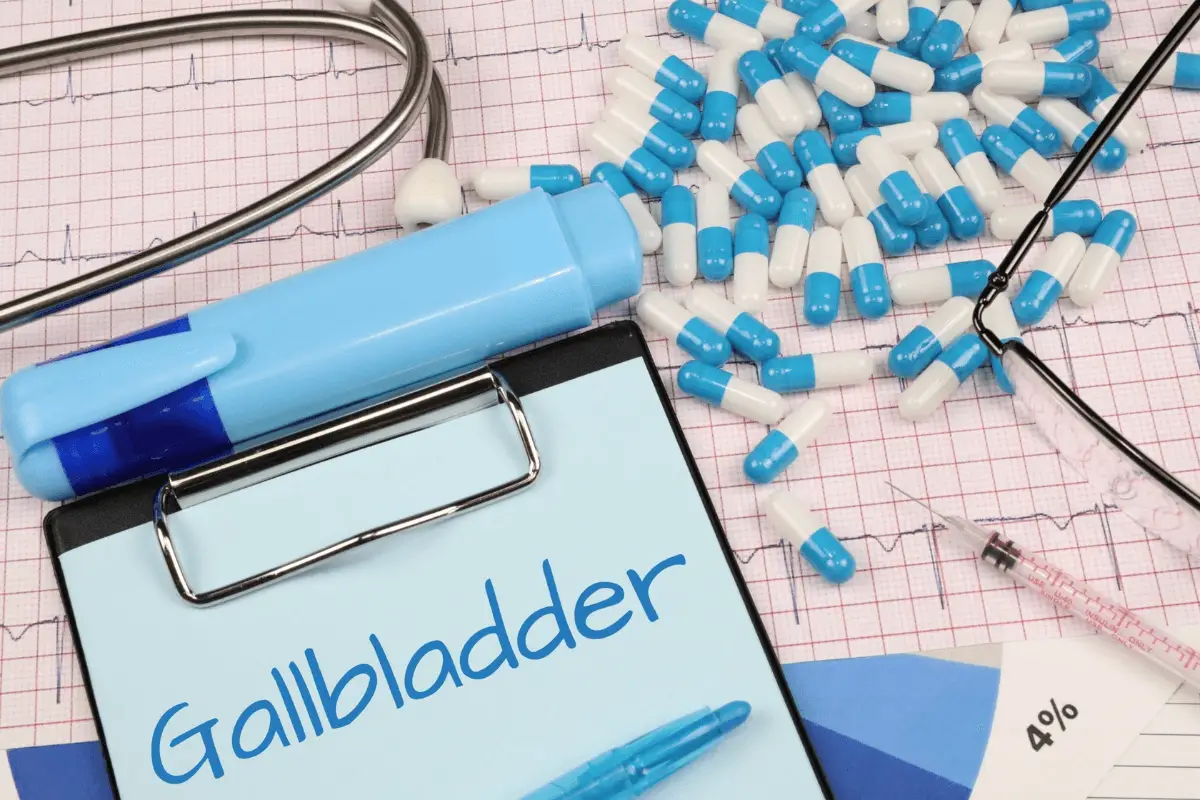TheHerbProf.com is a treasure trove of knowledge for those interested in natural healing and herbal remedies. The website is run by Paul Johnston MD. A naturopathic who has not only received extensive education in the field but also has personal experience in self-healing.
Gallbladder pain can be a debilitating condition that affects millions of people worldwide. The gallbladder is a small organ located in the upper right side of the abdomen that plays a crucial role in the digestive process. When the gallbladder becomes inflamed or blocked, it can lead to severe pain and discomfort that can last for hours or even days.
Symptoms of gallbladder pain can vary from person to person, but common signs include sharp pain in the upper right side of the abdomen, nausea, vomiting, and fever. In some cases, the pain can radiate to the back or shoulder blades, making it difficult to get comfortable or move around. If you are experiencing any of these symptoms, it is important to seek medical attention right away to determine the cause of your pain and receive appropriate treatment.
In this article, I will explore the causes of gallbladder pain, common symptoms to look out for, and the best treatment options available. Whether you are experiencing mild discomfort or severe pain, understanding the underlying causes of your condition can help you manage your symptoms and prevent future flare-ups.
Understanding Gallbladder Pain
As someone who has studied the human body, I can tell you that the gallbladder is a small organ located in the upper right side of the abdomen, just below the liver. Its primary function is to store bile, a digestive fluid produced by the liver that helps break down fats in the small intestine. However, sometimes the gallbladder can become problematic, leading to pain and discomfort. In this section, I will discuss the causes, symptoms, and treatments of gallbladder pain.
Causes of Gallbladder Pain
Gallbladder pain can be caused by a variety of factors, including gallstones, inflammation, infection, or blockage of the bile ducts. Gallstones are small, hard deposits that form in the gallbladder, and they can cause intense pain when they block the flow of bile. Inflammation of the gallbladder, known as cholecystitis, can also cause pain, as can an infection of the gallbladder or bile ducts.
Symptoms and Signs
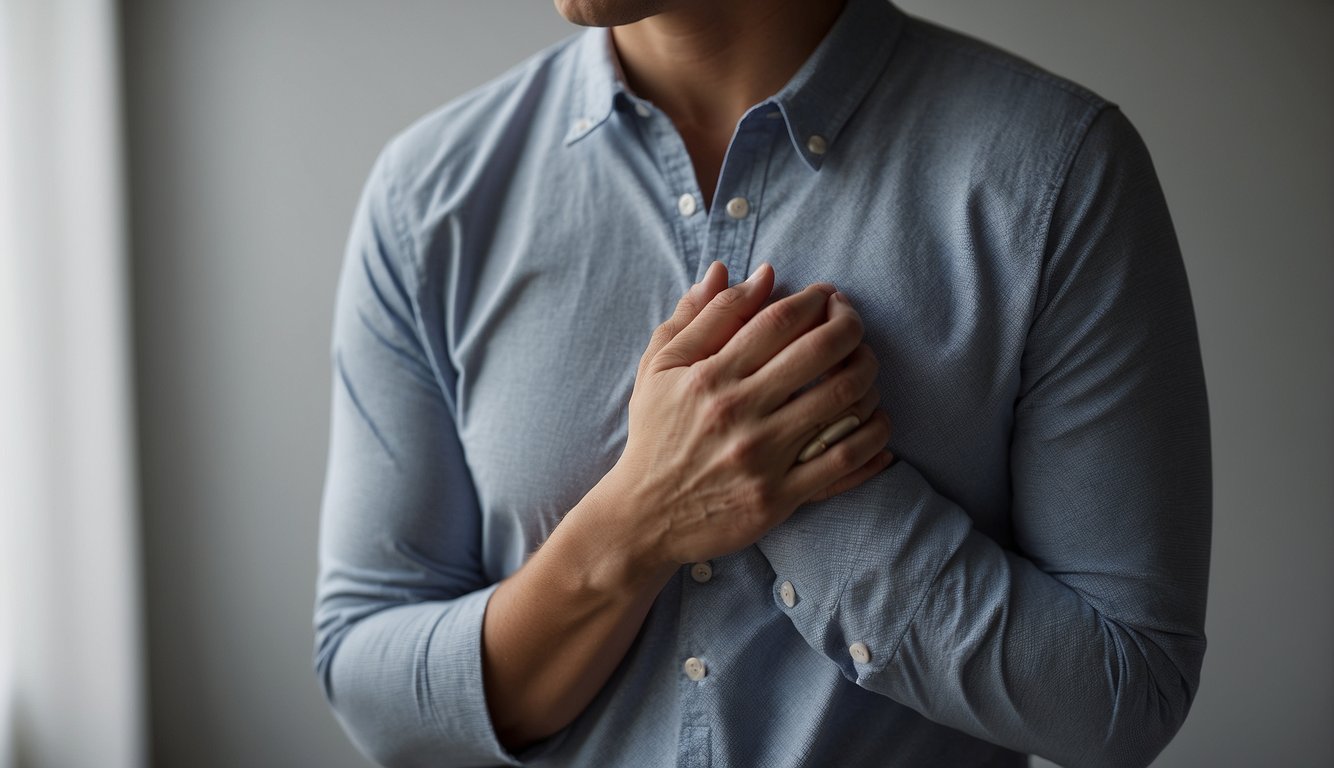
The symptoms of gallbladder pain can vary depending on the cause and severity of the condition. However, some common symptoms include:
- Pain in the upper right side of the abdomen
- Pain in the center of the abdomen
- Pain that spreads to the back or right shoulder
- Nausea or vomiting
- Fever or chills
Gallstones and Blockage
Gallstones are a common cause of gallbladder pain. They can range in size from tiny grains of sand to large golf balls, and they can cause blockages in the bile ducts. When this happens, bile can’t flow properly, leading to pain and discomfort. In some cases, gallstones can be treated with medication or surgery.
Cholecystitis and Inflammation
Inflammation of the gallbladder, or cholecystitis, can also cause pain and discomfort. This condition can be acute or chronic, and it can be caused by a variety of factors, including infection, injury, or blockage of the bile ducts. Treatment for cholecystitis may include antibiotics, pain medication, or surgery to remove the gallbladder.
Gallbladder pain can be caused by a variety of factors, including gallstones, inflammation, infection, or blockage of the bile ducts. If you experience any symptoms of gallbladder pain, it’s important to seek medical attention as soon as possible. Your doctor can help determine the underlying cause of your pain and develop a treatment plan that’s right for you.
Diagnosing Gallbladder Issues
If you are experiencing pain in the upper right abdomen, it could be a sign of a gallbladder issue. The diagnosis process typically involves a physical examination, imaging tests, and laboratory tests.

Physical Examination
During a physical examination, the doctor will examine your abdomen for any tenderness or swelling. They may also check your skin and eyes for any yellowing, which can be a sign of jaundice. If they suspect a gallbladder issue, they may recommend imaging or laboratory tests.
Imaging Tests
An ultrasound is the most common imaging test used to diagnose gallbladder issues. It uses sound waves to create images of the gallbladder and surrounding organs. The images can show the presence of gallstones or any abnormalities in the gallbladder.
Other imaging tests that may be used include CT scans or MRIs. These tests can provide more detailed images of the gallbladder and surrounding areas.
Laboratory Tests
Blood tests can be used to diagnose gallbladder issues. Elevated liver enzymes can be a sign of a blocked bile duct or other problems with the gallbladder. Other blood tests can check for signs of infection or inflammation.
In some cases, a HIDA scan may be used to diagnose gallbladder issues. This test involves injecting a radioactive substance into the body, which is then absorbed by the liver and excreted into the bile. A special camera is used to track the movement of the substance, which can show any abnormalities in the gallbladder or bile ducts.
If you are experiencing pain in the upper right abdomen, it is important to see a doctor for a proper diagnosis. The diagnosis process typically involves a physical examination, imaging tests, and laboratory tests. An ultrasound is the most common imaging test used to diagnose gallbladder issues, while blood tests can check for signs of infection or inflammation.
Treatment Options
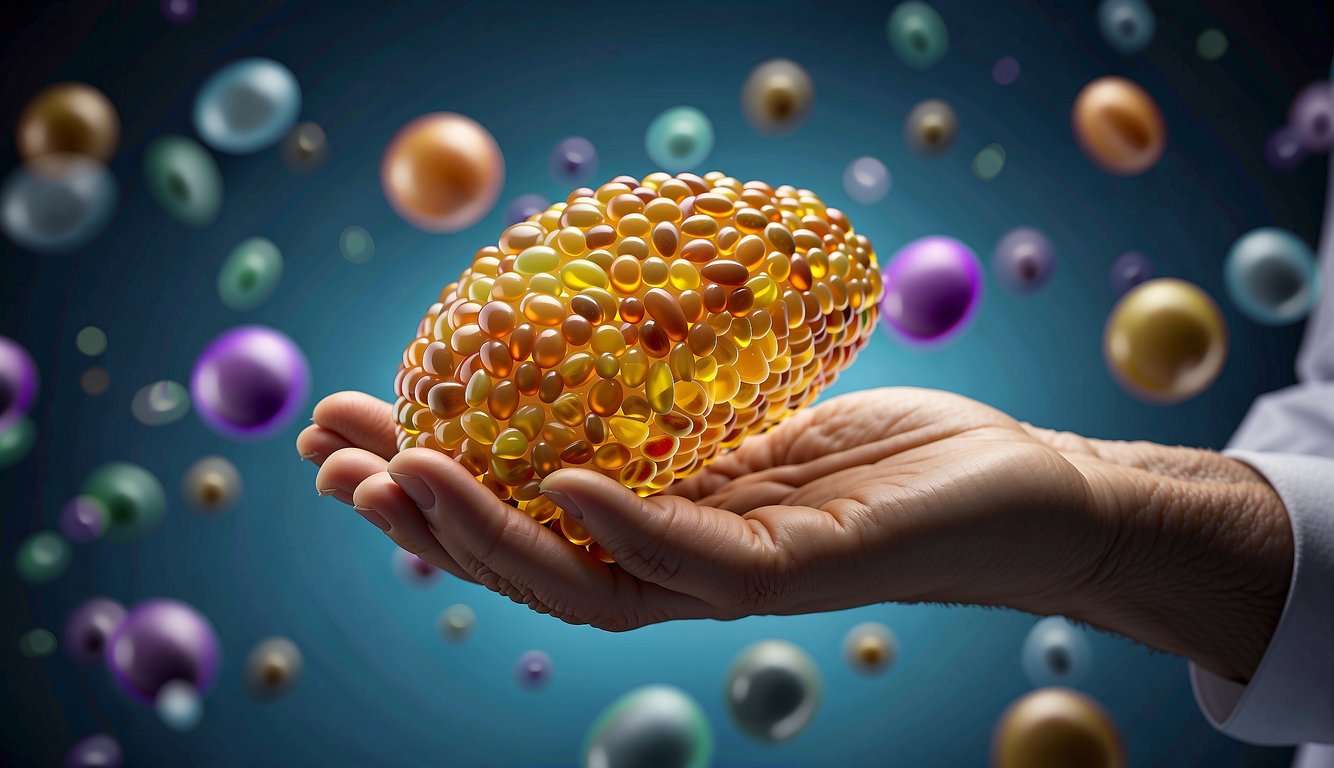
If you are experiencing gallbladder pain, there are several treatment options available. The most common treatment for gallbladder pain is surgery to remove the gallbladder, also known as cholecystectomy. However, there are also non-surgical therapies and medications available to manage pain and treat gallbladder disease.
Medications and Pain Management
In many cases, medications can be used to manage gallbladder pain. Pain relievers such as acetaminophen or nonsteroidal anti-inflammatory drugs (NSAIDs) can be effective in reducing pain. However, it is important to note that NSAIDs can cause stomach irritation and bleeding, so they should be used with caution.
Other medications that may be used to treat gallbladder pain include antispasmodics, which can help to reduce spasms in the bile ducts, and ursodeoxycholic acid, which can help to dissolve gallstones. However, these medications are not always effective and may have side effects.
Surgical Procedures – Gallbladder Pain
If medications and non-surgical therapies are not effective, surgery may be necessary to remove the gallbladder. There are two types of gallbladder removal surgery: open cholecystectomy and laparoscopic cholecystectomy.
Open cholecystectomy is a more invasive procedure that involves making a large incision in the abdomen. Laparoscopic cholecystectomy is a less invasive procedure that involves making several small incisions in the abdomen and using a laparoscope to remove the gallbladder.
Non-Surgical Therapies
In addition to medications and surgery, there are also non-surgical therapies that may be used to treat gallbladder pain. These therapies include:
- Extracorporeal shock wave lithotripsy (ESWL): This therapy uses shock waves to break up gallstones, making them easier to pass.
- Endoscopic retrograde cholangiopancreatography (ERCP): This procedure involves using an endoscope to remove gallstones or to place a stent in the bile duct to help it stay open.
- Percutaneous cholecystostomy: This procedure involves inserting a tube through the skin and into the gallbladder to drain bile and relieve pressure.
It is important to discuss all of your treatment options with your healthcare provider to determine the best course of action for your individual needs.
Lifestyle and Diet – Gallbladder Pain

As someone who has experienced gallbladder pain, I know firsthand how important lifestyle and diet adjustments can be in managing symptoms. Making the right choices when it comes to what you eat and how you live your life can greatly impact your overall health and well-being.
Dietary Adjustments
Dietary adjustments are crucial for managing gallbladder pain. It is important to avoid foods that are high in fat, as this can put stress on the gallbladder. Instead, focus on incorporating healthy fats, such as those found in fish and olive oil. Additionally, increasing fiber intake by eating more fruits, vegetables, and whole grains can help regulate digestion and prevent constipation, which can also contribute to gallbladder pain.
Weight Management – Gallbladder Pain
Maintaining a healthy weight is essential for managing gallbladder pain. Obesity and being overweight can increase the risk of developing gallstones, which can lead to gallbladder pain. Rapid weight loss can also put stress on the gallbladder, so it is important to lose weight at a healthy pace and through a balanced diet and exercise routine.
Physical Activity Recommendations
Physical activity is an important part of managing gallbladder pain. Exercise can help with weight management and promote healthy digestion. It is recommended to engage in at least 30 minutes of moderate-intensity exercise, such as brisk walking or cycling, most days of the week. It is important to consult with a healthcare professional before starting any new exercise routine, especially if you are experiencing gallbladder pain.
Making dietary adjustments, maintaining a healthy weight, and engaging in regular physical activity can greatly improve the management of gallbladder pain. By taking control of your lifestyle and making healthy choices, you can reduce symptoms and improve your overall health and well-being.
Gallbladder flush to relieve pain, Liver/Gallbladder Cleanse
8 oz Distilled Water
2 to 3 Tablespoons Olive Oil
2 to 3 Cloves Garlic
Chunk of Ginger
Place all ingredients in a blender and liquefy. I use Magic Bullet, the best blender out there.
Potential Complications – Gallbladder Pain
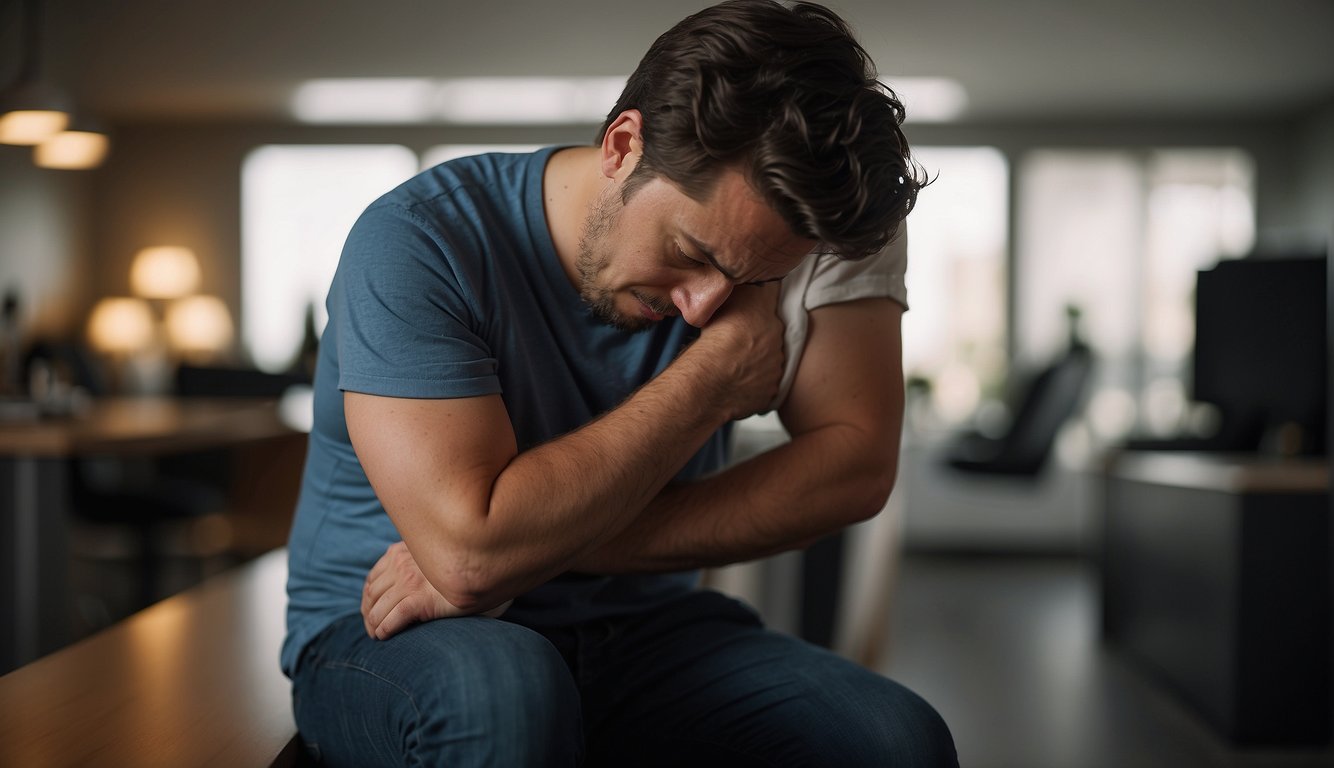
As someone who has experienced gallbladder pain, it’s important to be aware of the potential complications that can arise from gallbladder disease. While not everyone with gallbladder pain will experience complications, it’s important to know what to look out for.
Fifteen Minutes Later
2 tbsp (30 ml) of Gallbladder Complete 8oz Organic Liquid Concentrate – Digestive Vinegar Bitters Supplement
After Flush
Put an ice bag on the liver, right side of the chest just below the right rib cage. Do this for 10 minutes, then a hot water bottle for 10 minutes, and then do the ice bag again. If you have not had a bowel movement lately, give an enema to relieve any pressure from the colon.
Repeat the Liver Cleanse Every Morning for 7 Days, This will heal the liver and gallbladder.
Acupressure – Gallbladder Pain
Work the bottom of the feet HARD!!!! It will help spasms to let go and relieve stones. I use this one: ProsourceFit Mat. Dig in and search for painful points. Work the entire bottom of the foot, as much as the person can tolerate. Consider seeing an acupressureist.
Chronic Gallbladder Disease
One potential complication of untreated gallbladder disease is chronic cholecystitis, which is a long-term inflammation of the gallbladder. Symptoms of chronic cholecystitis can include abdominal pain, nausea, and vomiting, and can be difficult to manage. In some cases, surgery may be necessary to remove the gallbladder.
Gallbladder Cancer
While rare, gallbladder cancer can be a serious complication of gallbladder disease. According to the Mayo Clinic, “Gallbladder cancer is uncommon. When gallbladder cancer is discovered at its earliest stages, the chance for a cure is very good. But most gallbladder cancers are discovered at a late stage, when the prognosis is often very poor.” If you experience symptoms such as abdominal pain, jaundice, or unexplained weight loss, it’s important to see a doctor right away.
Common Bile Duct Issues
The common bile duct is a tube that carries bile from the liver and gallbladder to the small intestine. In some cases, gallstones can become lodged in the common bile duct, causing a blockage. This can lead to complications such as pancreatitis, a painful inflammation of the pancreas, or cirrhosis, a condition in which the liver becomes scarred and can no longer function properly.
Overall, while complications from gallbladder disease are not common, it’s important to be aware of the potential risks and to seek medical attention if you experience any concerning symptoms.
Prevention and Risk Factors – Gallbladder Pain
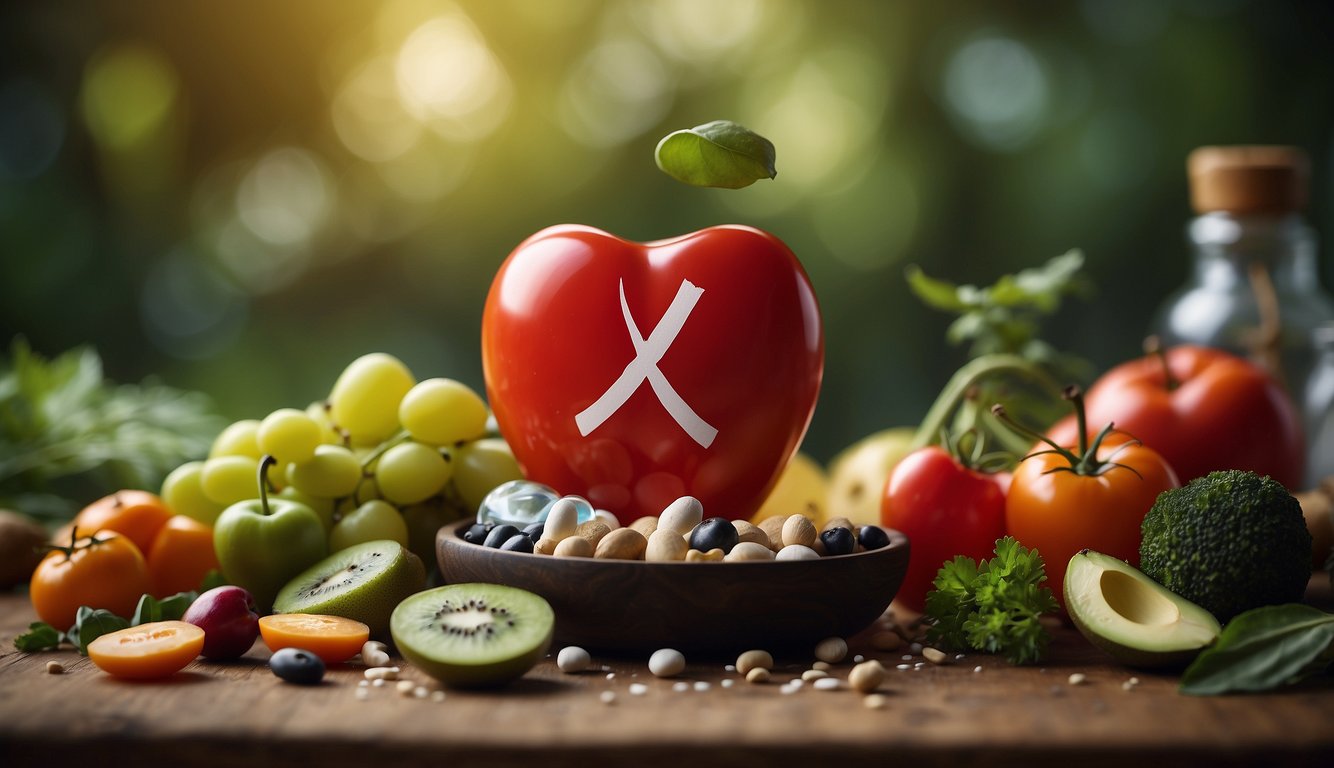
As someone who has experienced gallbladder pain, I know how important it is to take steps to prevent it from happening again. There are several risk factors that can increase the likelihood of developing gallstones and experiencing gallbladder pain. However, there are also several preventive measures that can be taken to reduce the risk of developing gallstones.
Identifying Risk Factors
Some of the risk factors for developing gallstones include being female, over the age of 40, and having diabetes. Additionally, individuals who are overweight or obese, have high cholesterol levels, or have a sedentary lifestyle are also at an increased risk for developing gallstones.
It is important to note that while these risk factors can increase the likelihood of developing gallstones, not everyone who has these risk factors will develop gallstones. However, being aware of these risk factors can help individuals take steps to reduce their risk of developing gallstones and experiencing gallbladder pain.
Health Maintenance – Gallbladder Pain
Gallbladder problems are a sure sign of an inferior diet. I highly suggest you read our Super Green Foods and the Truth about Vitamins articles. Also, consider doing a cleanse and detox every 3 months or with the changes in the seasons, and at the end of each one cleanse either your liver or kidneys.
Preventive Measures
One of the most effective preventive measures for reducing the risk of developing gallstones is maintaining a healthy weight. This can be achieved through a combination of healthy eating and regular physical activity. Additionally, reducing the intake of foods high in cholesterol and saturated fats can also help reduce the risk of developing gallstones.
Another preventive measure is staying hydrated by drinking plenty of water throughout the day. This can help prevent the buildup of bile in the gallbladder, which can lead to the formation of gallstones.
While there are several risk factors that can increase the likelihood of developing gallstones and experiencing gallbladder pain, there are also several preventive measures that can be taken to reduce the risk of developing gallstones. By maintaining a healthy weight, reducing the intake of foods high in cholesterol and saturated fats, and staying hydrated, individuals can take steps to reduce their risk of developing gallstones and experiencing gallbladder pain.
When to See a Doctor – Gallbladder Pain
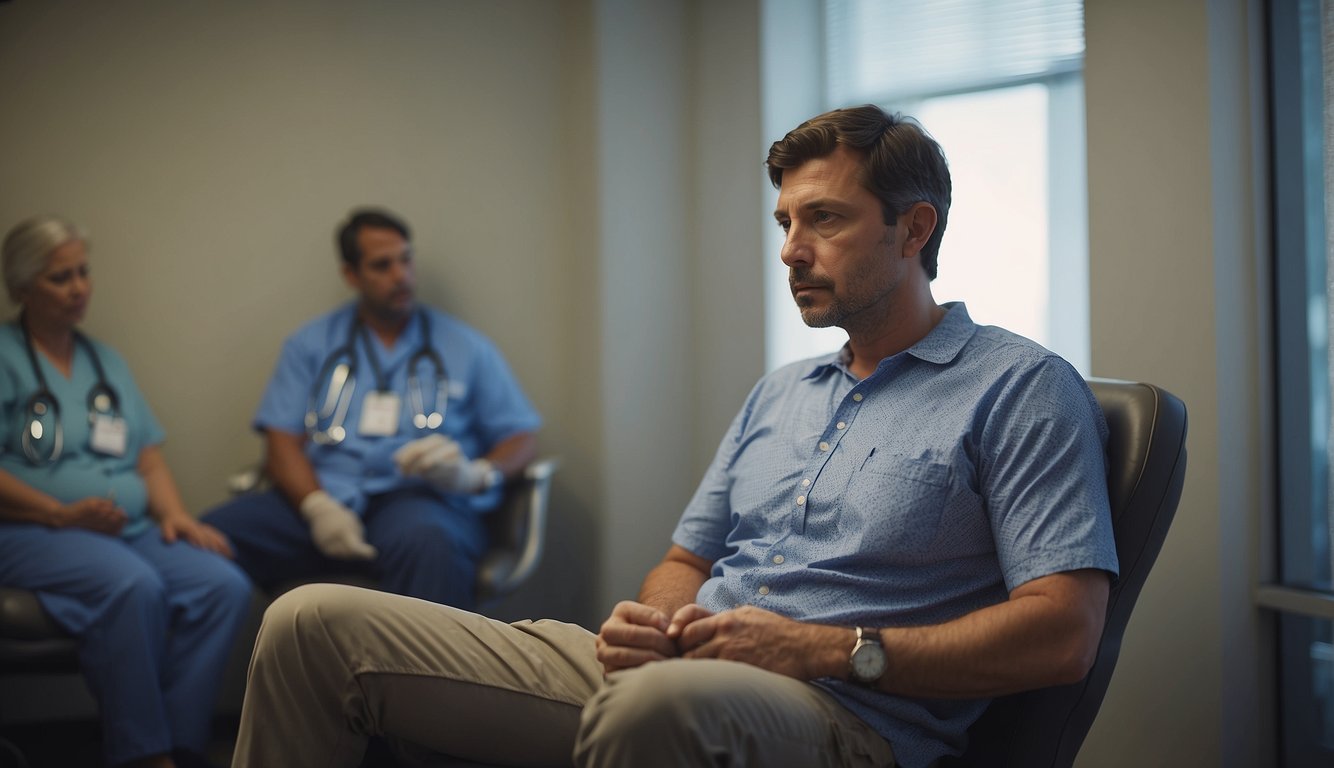
If you experience gallbladder pain, it is important to know when to seek medical attention. In this section, I will discuss the emergency symptoms that require immediate medical attention and how to schedule an appointment with a doctor.
Emergency Symptoms
If you experience severe pain in the upper right side or center of the abdomen that lasts more than a few hours, you should seek emergency medical attention. This type of pain can be a sign of a gallbladder attack or other serious condition. Other emergency symptoms include fever, chills, and jaundice.
If you experience any of these symptoms, it is important to seek medical attention immediately. Delaying treatment can lead to serious complications, such as infection or organ damage.
Scheduling an Appointment
If you experience mild to moderate gallbladder pain, you should schedule an appointment with your doctor. During your appointment, your doctor will ask about your symptoms and perform a physical exam to determine the cause of your pain.
In some cases, your doctor may order imaging tests, such as an ultrasound or CT scan, to get a better look at your gallbladder. If your doctor determines that you have gallstones or other gallbladder problems, they may recommend surgery to remove your gallbladder.
Now, if you experience severe gallbladder pain or emergency symptoms, seek medical attention immediately. If you experience mild to moderate pain, schedule an appointment with your doctor to determine the cause of your symptoms. Remember, early detection and treatment can prevent serious complications.
Gallbladder Pain and The Herb Prof: A Soothing Synergy
Let’s explore the world of Gallbladder Pain, a common health concern, and its unique connection with our website, theherbprof.com.
Gallbladder Pain can be a challenging part of one’s health journey. But don’t worry! Nature has provided us with herbs that can help soothe it. It’s like a comforting hug for your gallbladder!
But how does this tie into theherbprof.com? Well, we’re all about sharing the wisdom of herbs. And Gallbladder Pain? It’s one of the health concerns we aim to address!
We’re a perfect pair, really. Theherbprof.com provides the platform, and Gallbladder Pain is one of the topics we cover. We highlight the herbs that can help manage it, and it brings a wealth of information to our readers.
So, when you’re browsing theherbprof.com, make sure to stop by our Gallbladder Pain section. It’s a dynamic duo you won’t want to miss! And remember, laughter is the best medicine, but a little herbal knowledge might just be the perfect sidekick!
References:
Little Herb Encyclopedia, by Jack Ritchason; N.D., Woodland Publishing Incorporated, 1995
The Ultimate Healing System, Course Manual, Copyright 1985, Don Lepore
Planetary Herbology, Michael Tierra, C.A., N.D., Lotus Press, 1988
Handbook of Medicinal Herbs, by James A. Duke, Pub. CRP Second Edition 2007
The Complete Medicinal Herbal, by Penelope Ody, Published by Dorling Kindersley
Before You Go – Check the Following Articles!
Frequently Asked Questions – Gallbladder Pain

What are the typical symptoms of a gallbladder issue?
Gallbladder issues can cause a variety of symptoms, including abdominal pain, nausea, vomiting, and fever. The pain is often felt in the upper right part of the abdomen and can be severe. Some people may also experience pain in the shoulder or back. If you experience any of these symptoms, it is important to speak with a healthcare provider to determine the cause and appropriate treatment.
How can one differentiate between gallbladder and liver pain?
Gallbladder pain is often felt in the upper right part of the abdomen, while liver pain is typically felt in the upper right part of the abdomen and may radiate to the back or shoulder. However, it can be difficult to differentiate between the two, and a healthcare provider should be consulted to determine the cause of the pain.
What can be done to alleviate gallbladder discomfort quickly?
There are several things that can be done to alleviate gallbladder discomfort, including taking over-the-counter pain medication, applying heat to the affected area, and resting. However, it is important to speak with a healthcare provider to determine the cause of the discomfort and appropriate treatment.
What dietary choices may trigger gallbladder pain?
Certain dietary choices may trigger gallbladder pain, including high-fat foods, fried foods, and spicy foods. It is important to speak with a healthcare provider or a registered dietitian to determine the appropriate dietary choices for your specific situation.
How does one recognize the onset of a gallstone attack?
A gallstone attack may cause sudden and intense pain in the upper right part of the abdomen, along with nausea and vomiting. The pain may also radiate to the back or shoulder. If you experience these symptoms, it is important to seek medical attention immediately.
At what point is it critical to seek emergency medical attention for gallbladder pain?
If you experience severe or worsening pain, fever, or yellowing of the skin or eyes, it is important to seek emergency medical attention immediately. These symptoms may indicate a serious condition, such as an infected gallbladder or a blocked bile duct.
